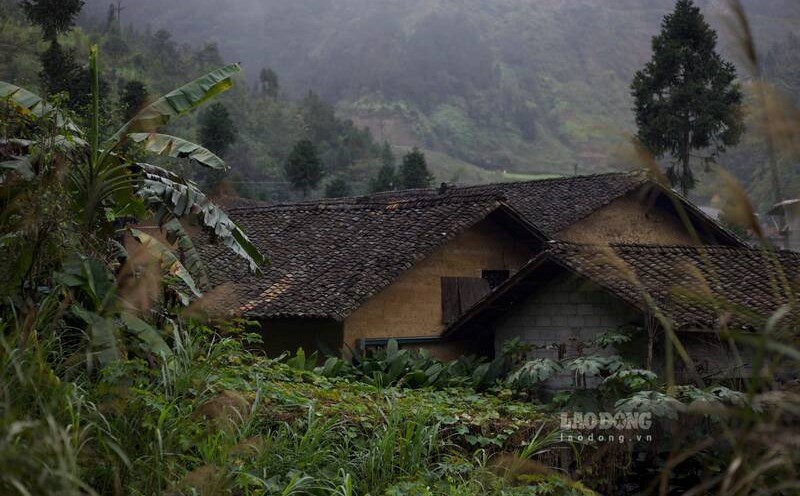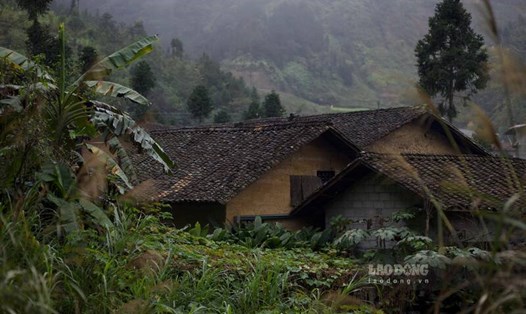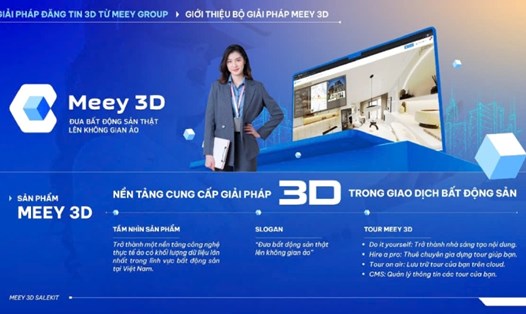In recent years, 3D printing technology has entered the construction industry, bringing great potential to this industry. From modern houses built at low cost and speed to religious buildings that require high detail and precision, 3D printing is not only a step forward in engineering but also changes the way we look at construction. This is not only a technological revolution but also an important milestone in reshaping the future of architecture and global infrastructure.
When printers are used in construction
3D printing has changed the way we build homes. In Texas, ICON pioneered the use of Vulcan printers to build the Wolf Ranch community, which is considered the world’s largest 3D printed community. The Vulcan printer, which weighs more than 5 tons and is 13.7 meters wide, can print house walls in just a few days. The process uses a mixture of cement, sand, and water to create walls that are strong and durable against harsh weather conditions.
At the Wolf Ranch community, each 3D-printed home is designed to have three to four bedrooms. Construction takes about three weeks, including the installation of a traditional metal roof. The 3D-printed walls not only reduce construction time and costs, but also offer many advantages such as resistance to water, termites, and mold.
Lawrence Nourzad, a resident of Wolf Ranch, said his home feels like a “fortress” thanks to its excellent insulation and load-bearing capacity. The home also helps reduce energy costs, as the thick walls help retain heat and keep the space cool during the hot Texas summers. However, the wall thickness also causes some minor inconveniences, such as poor internet signal, forcing residents to use mesh routers to improve connectivity.
3D printing technology is not only beneficial for housing construction, but also applied to other areas such as infrastructure and military vehicle manufacturing. At the University of Maine, the FoF 1.0 printer - the world's largest polymer 3D printer - can print structures up to 75 feet long and 18 feet high. With a printing speed of up to 500 pounds of material per hour, the machine is capable of building low-cost housing, bridges and even military vehicles.
One of the notable features of this printer is the ability to recycle printed materials. According to Dr. Habib Dagher, Director of the Center for Advanced Structures and Materials at the University of Maine, printed materials can be reused many times, helping to reduce waste and protect the environment. This is especially important in the context of the world facing challenges related to climate change and natural resources.
This technology is also expected to help solve the housing shortage problem in the US, where about 80,000 new homes are needed by 2030. With the ability to build quickly and at low cost, 3D printing can be an effective solution to meet this need.
From residential areas to temples
Not only for housing, 3D printing technology is also used to build religious buildings, bringing a unique combination of modern and traditional. In India, the world's first 3D-printed temple was built in Siddipet, Telangana state. This temple, which is over 1,100 square meters wide and nearly 11 meters high, was completed in just 3 months.
The temple was designed according to the rules of Agama Shastra, an ancient Sanskrit text on temple architecture, ensuring precision in proportion and size. Notably, each shrine in the temple was designed to reflect the characteristics of a particular Hindu deity. For example, the shrine of Lord Ganesh is shaped like modak, his favorite dish, while the shrine of Goddess Parvati is designed in the shape of a lotus flower.
The goal of the project is to demonstrate that 3D printing can achieve the most complex designs, according to Hari Krishna Jeedipalli, CEO of Apsuja Infratech. “If we can print a temple this complex, we can print any structure,” he said.
In addition to temples in India, 3D printing technology has also appeared in the Middle East with a mosque under construction in Dubai. These projects not only demonstrate the versatility of the technology but also open up opportunities for preserving and promoting culture through modern means.
3D printing technology is not only for construction purposes but also brings spiritual value to the community. Suresh Deshpande, a software engineer from Mumbai, traveled from afar to visit the 3D printed temple in Telangana. “I felt the sacredness when standing in this temple, even though it was built with modern technology,” he shared.
3D printing technology is changing the way we build the world. From modern residential complexes in the United States to unique religious buildings in India, 3D printing has proven to be more than just an engineering tool, it is also a means of preserving and developing culture. Combining efficiency, sustainability, and creativity, 3D printing promises to continue to shape the future of construction, opening up new opportunities for both the economy and society.











